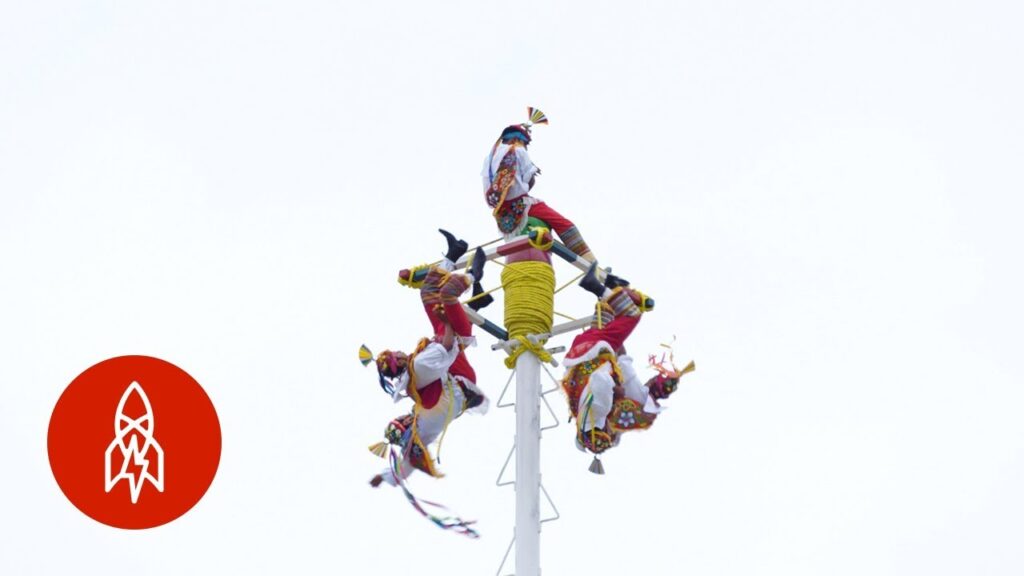Understanding Chípil: A Unique Mexican Expression
If you’ve ever traveled through Mexico or spent time engaging with the locals, you might have come across the term chípil. It’s a word with deep cultural roots, yet one that doesn’t have an exact English translation. Essentially, chípil is an expression used to describe a particular state of emotional neediness or a craving for affection, often attributed to children or even adults in certain circumstances.
The word chípil is believed to have indigenous origins, specifically from Nahuatl, the language of the Aztecs. In traditional Mexican communities, understanding the nuances of such expressions is vital to daily communication. People may use the term jokingly or affectionately to point out someone’s behavior when they are acting spoiled or seeking extra attention, especially around significant life events such as pregnancy or illness.
Interestingly, pregnancy is one of the most common contexts in which you’ll hear about chípil. A pregnant woman is often described as chípil when she exhibits mood swings, unusual food cravings, or a heightened desire for her partner’s attention and care. It’s a term that encapsulates the emotional rollercoaster that can accompany the journey to motherhood, and it’s a concept that, in Mexican culture, nurtures empathy and understanding towards the expectant mother.
Children are also frequently associated with being chípil. When a child is particularly clingy, possibly due to a new sibling or another change in their environment, adults might say the child is chípil. This isn’t meant in a derogatory way; rather, it is an acknowledgment of the child’s temporary emotional state and a call for others to offer comfort and reassurance during a vulnerable time.
While chípil may not be well known outside of Mexico, its existence highlights the rich emotional intelligence and community-centered values within Mexican society. Acceptance and articulation of such emotional conditions through a single word demonstrate the collective cultural acknowledgment of the importance of emotional support for individuals at any age. Whether you’re a curious traveler or a language enthusiast, grasping the concept of chípil can deepen your appreciation for Mexico’s complex social and linguistic tapestry.
The Depths of Achicopalado: More Than Just Sadness
Deep within the lush landscapes of Mexico lies a hidden gem known as Achicopalado. Derived from a word that resonates with a deep emotion of sorrow, Achicopalado captivates the hearts of many adventurers with its breathtaking beauty. For those intrepid souls seeking to explore the complexities of this mystical place, they will find that the name belies the true nature of what lies beneath. Achicopalado, with its craggy cliffs and ethereal underground rivers, offers a journey of discovery and enchantment far beyond the surface-level connotation of sadness.
The region is steeped in history and local lore, often shrouded in tales of ancient civilizations and long-lost treasures. Intrepid explorers have the opportunity to dive into the very fabrics of time, swimming through the crystal-clear cenotes which are said to be gateways to the underworld in Mayan mythology. These natural pits, or sinkholes, reveal a subaqueous network of caves that invite divers and snorkelers alike to unveil the secrets they hold within their limestone walls.
Venturing deeper into Achicopalado’s enigmatic caves, visitors are greeted with a mesmerizing display of stalactites and stalagmites that have been formed over millennia. Here, in the hushed serenity beneath the earth, the only sound is the gentle drip of water, an eerie yet soothing symphony that adds to the area’s mystique. The play of light through the water creates a kaleidoscope of colors, enhancing the surreal feeling of being in a world apart, isolated from the hubbub of civilization.
It’s not only the stunning geological formations that draw people to the depths of Achicopalado. The unique ecosystem plays host to a variety of wildlife, including rare fish species and birds that have adapted to thrive in the dimly lit caverns and lush jungle surroundings. As hikers traverse the surrounding terrain or kayakers glide atop the silent rivers, they become part of a landscape that feels timeless, a place where every corner turned reveals a scene more spectacular than the last.
Exploring the Cultural Roots of Chípil and Achicopalado
The indigenous cultures of Mexico are vast and varied, woven together with countless traditions that have been passed down through generations. Among these traditions are unique customs and terms that encompass more than just everyday activities—they represent deeper cultural sentiments. Chípil and Achicopalado, two such terms, are particularly tied to the rich tapestry of Mexican cultural heritage. Exploring these concepts offers a glimpse into the complexities of cultural identity, familial obligations, and social behaviors in Mexico.
Chípil is a term loosely translated to mean a certain whimsical or perhaps melancholic behavior often observed in children, particularly when they are seeking attention from a primary caregiver. However, it embodies a much more profound significance when acknowledging the transformational role played by the presence of a new sibling. In some indigenous communities, a child who becomes chípil is seen to demonstrate a natural and culturally understood reaction, responding emotionally to the shifting dynamics within the family structure. This cultural insight brings to light the cherished value of family and kinship within Mexican society.
On the other hand, Achicopalado is a term used to describe a feeling of being downcast or disheartened; it is often tied to larger life events and is reflective of a communal understanding of empathy and support. Unlike the subtle nuances of chípil, achicopalado can apply to individuals of any age and emphasizes the shared human experience of coping with disappointment or sadness. Delving into this term uncovers the intrinsic community-oriented mindset that is prevalent among the Mexican people, showcasing their collective approach to handling life’s adversities.
Both chípil and achicopalado are more than mere words—they are a testament to the emotive language that is prevalent within Mexican communities. These terms help forge a connection between personal feelings and cultural expectations, illustrating how emotions are understood and managed in a societal context. Unlike the often individualized perspective of Western cultures on emotion and expression, these terms highlight a cultural conversation that values collective emotional intelligence and solidarity.
Underpinning the exploration of chípil and achicopalado is an appreciation for the broader cultural rituals and narratives that thrive within Mexican culture. Through food, music, dance, and oral storytelling, these emotional states are not just discussed but are also celebrated and given their rightful place in the cultural sojourn. They remind us that our responses to life’s challenges and the nurturing of relationships are deeply colored by our cultural backgrounds and communal bonds.
Chípil vs. Achicopalado: Variations of Melancholy in Mexico
In the rich tapestry of Mexican vernacular, two words capture the essence of melancholy with nuanced distinction: «chípil» and «achicopalado». «Chípil» is a term often reflective of the wistfulness found in mothers after giving birth, describing a unique, almost enigmatic blend of melancholy intertwined with the deep emotional bond between mother and child. The term has roots in the Nahuatl language, where the word «chípilín» refers to a tender, delicate, and youthful plant, drawing a beautiful parallel to the fragility and tenderness of new motherhood.
On the flip side, «achicopalado» conveys a broader sense of sulking or gloominess that can descend upon anyone, regardless of gender or circumstance. This type of melancholy is less about the profound emotional changes following childbirth and more about an overarching sense of despondency. It often describes the behavior of someone who is acting subdued or deflated, not because of a singular event, but rather from a complex cocktail of nostalgia, fatigue, and a subtle yearning for something indefinable.
While «chípil» can be perceived as a passing condition, tied closely to the hormonal shifts during postpartum, «achicopalado» might linger, a shadowy companion to day-to-day life. Both words represent the cultural embodiment of melancholy in Mexico, providing a linguistic window into the collective psyche. They reflect the solemn recognition that sorrow and joy dance together, each one giving depth and color to the human experience.



